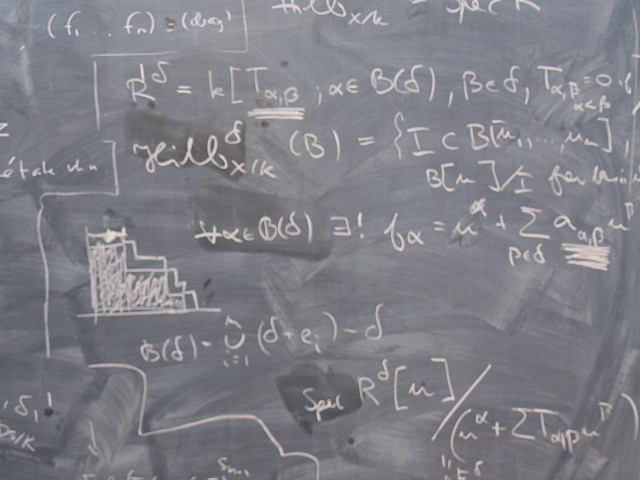Numerical treatment of initial value problems, boundary value problems and eigenvalue problems for ordinary and partial differential equations. The emphasis on different parts may vary from year to year. Relevant linear algebra, well-posedness, convergence, stability, error estimates, finite differences, finite elements, finite volumes, method of lines, modern iterative methods, problems with shocks. Computer labs and application oriented projects.
DN2255 Numerical Solutions of Differential Equations 7.5 credits
This course has been discontinued.
Decision to discontinue this course:
No information inserted
Information per course offering
Course offerings are missing for current or upcoming semesters.
Course syllabus as PDF
Please note: all information from the Course syllabus is available on this page in an accessible format.
Course syllabus DN2255 (Autumn 2009–)Content and learning outcomes
Course contents
Intended learning outcomes
The course gives the students knowledge of problem classes, basic mathematical and numerical concepts and properties, modern numerical methods, and software for solution of engineering and scientific problems formulated as differential equations.
After successful completion of course requirements the students will be able to
- design, implement and use numerical methods for computer solution of scientific problems involving differential equations;
- follow specialized and application-oriented technical literature in the area;
- understand properties of different classes of differential equations and their impact on solutions and proper numerical methods;
- use commercial software with understanding of fundamental methods, properties, and limitations
Literature and preparations
Specific prerequisites
Single course students: 90 university credits including 45 university credits in Mathematics or Information Technology. English B, or equivalent.
Literature
To be announced at least 4 weeks before course starts at course home page. Previous year: R. Le Veque: Finite Volume Methods for Hyperbolic Problems.
Examination and completion
Grading scale
Examination
- LAB2 - Project, 1.5 credits, grading scale: A, B, C, D, E, FX, F
- TEN1 - Examination, 3.0 credits, grading scale: A, B, C, D, E, FX, F
- LAB1 - Laboratory Task, 3.0 credits, grading scale: P, F
Based on recommendation from KTH’s coordinator for disabilities, the examiner will decide how to adapt an examination for students with documented disability.
The examiner may apply another examination format when re-examining individual students.
If the course is discontinued, students may request to be examined during the following two academic years.
In this course all the regulations of the code of honor at the School of Computer science and Communication apply, see: http://www.kth.se/csc/student/hederskodex/1.17237?l=en_UK.
Other requirements for final grade
Examination (TEN1; 3 university credits).
Computer assignments (LAB1; 3 university credits).
Project (LAB2; 1,5 university credits).
Examiner
Ethical approach
- All members of a group are responsible for the group's work.
- In any assessment, every student shall honestly disclose any help received and sources used.
- In an oral assessment, every student shall be able to present and answer questions about the entire assignment and solution.
Further information
Course room in Canvas
Offered by
Main field of study
Education cycle
Supplementary information
This course can be counted in the degree even if the student has taken 2D1225/DN225.